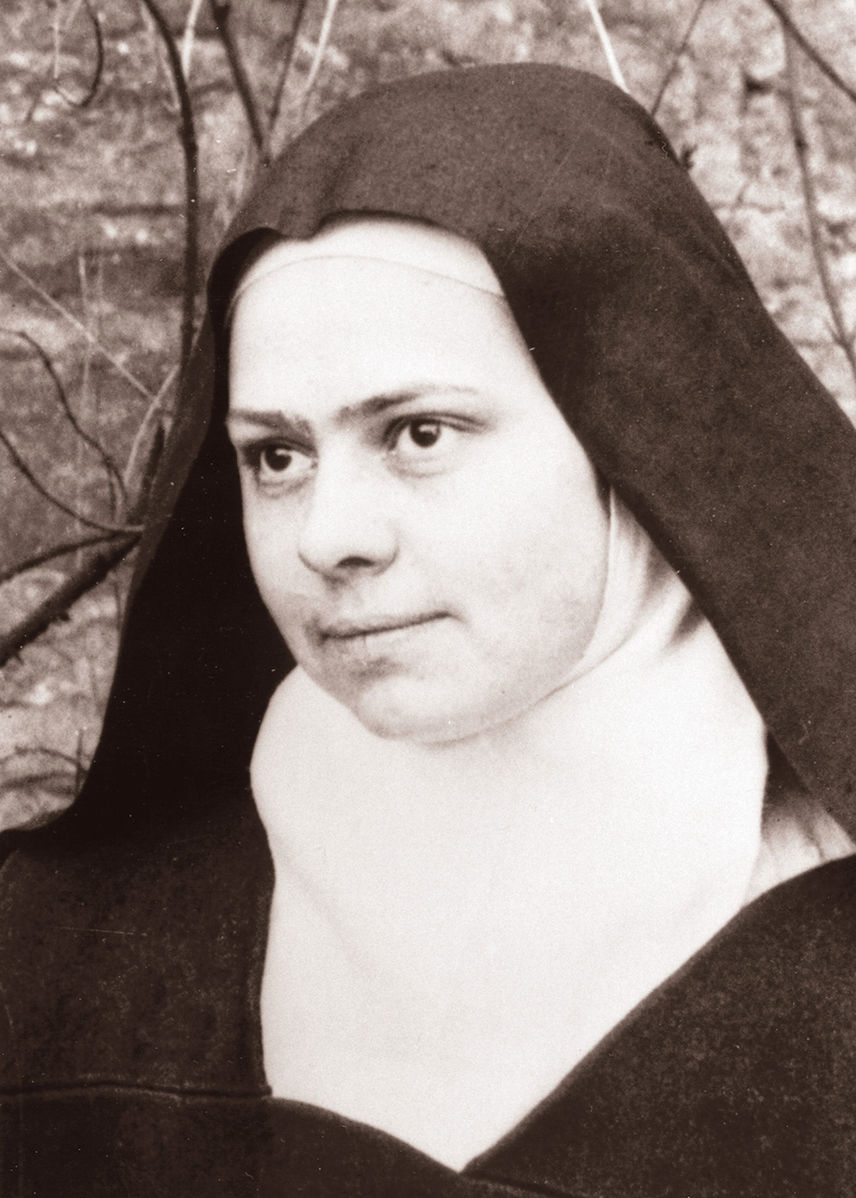This morning in the Consistory Hall of the Apostolic Palace, Pope Francis presided at the celebration of Terce and at the ordinary public consistory for the canonisation of the Blesseds:
– Salomon Leclercq (né Guillaume-Nicolas-Louis Leclercq), 1745-1792, French, of the Brothers of the Christian Schools, martyr;
– Manuel González García, 1877-1940, Spanish, bishop of Palencia, founder of the Children of Reparation and the Congregation of the Eucharistic Missionaries of Nazareth;
– Ludovico Pavoni, 1784-1849, Italian priest, founder of the Sons of Mary;
– Alfonso Maria Fusco, 1839-1910, Italian priest, founder of the Congregation of the Sisters of St. John the Baptist;
– Elisabeth of the Holy Trinity (née Elisabeth Catez), 1880-1906, French professed religious of the Order of Descalced Carmelites.
The Pope decreed that the Blesseds be inscribed in the Book of Saints on Sunday 16 October 2016.
Of these five, Elisabeth of the Trinity has gained particular renown in English-speaking countries, as the “spiritual sister” of St Thérèse of Lisieux.
Elizabeth was born in 1880 and died of Addison’s disease in 1906, five years after entering the Dijon Carmel. She was declared Blessed by Pope St John Paul II in 1984.
—
This was followed by the Optatio of four cardinals of the Order of Deacons to the Order of Presbyters:
– at the request of Cardinal William Joseph Levada, the diaconate of Santa Maria in Domenica was elevated pro hac vice to presbyteral title;
– at the request of Cardinal Franc Rodé, the diaconate of St. Francesco Saverio alla Garbatella was elevated pro hac vice to presbyteral title;
– at the request of Cardinal Andrea Cordero di Montezemolo, the diaconate of Santa Maria in Portico was elevated pro hac vice to presbyteral title;
– at the request of Cardinal Albert Vanhoye, the diaconate of Santa Maria della Mercede e Sant’Adriano a Villa Albani was elevated pro hac vice to presbyteral title.
Cardinals are divided into three orders — bishops, priests and deacons — even though almost all of them are actually bishops. This is because from a relatively early period the election of the bishop of Rome was restricted to the bishops of the dioceses surrounding the Diocese of Rome: Albano, Sabina-Poggio Mirteto, Porto Santa Ruffina, Velletri-Segni, Frascati, Palestrina and Ostia, which is no longer a functioning diocese and is usually held by the dean of the College of Cardinals.
To these were added the most important priests of the Rome Diocese and the deacons who at that time were relatively few in number and often had the responsibility for its administration. This distribution is still reflected in the distribution of cardinals, of which there are six cardinal bishops, 168 cardinal priests and 36 cardinal deacons.
As time went on the title was widely granted to bishops of other dioceses and those who worked within the Roman Curia. However, the connection with the clergy of Rome was always maintained by granting each cardinal a titular church of which he is, so to speak, honorary parish priest or deacon.

Elisabeth of the Trinity to Be Canonized Oct. 16
And 4 cardinals moved from Order of Deacons to Order of Presbyters


